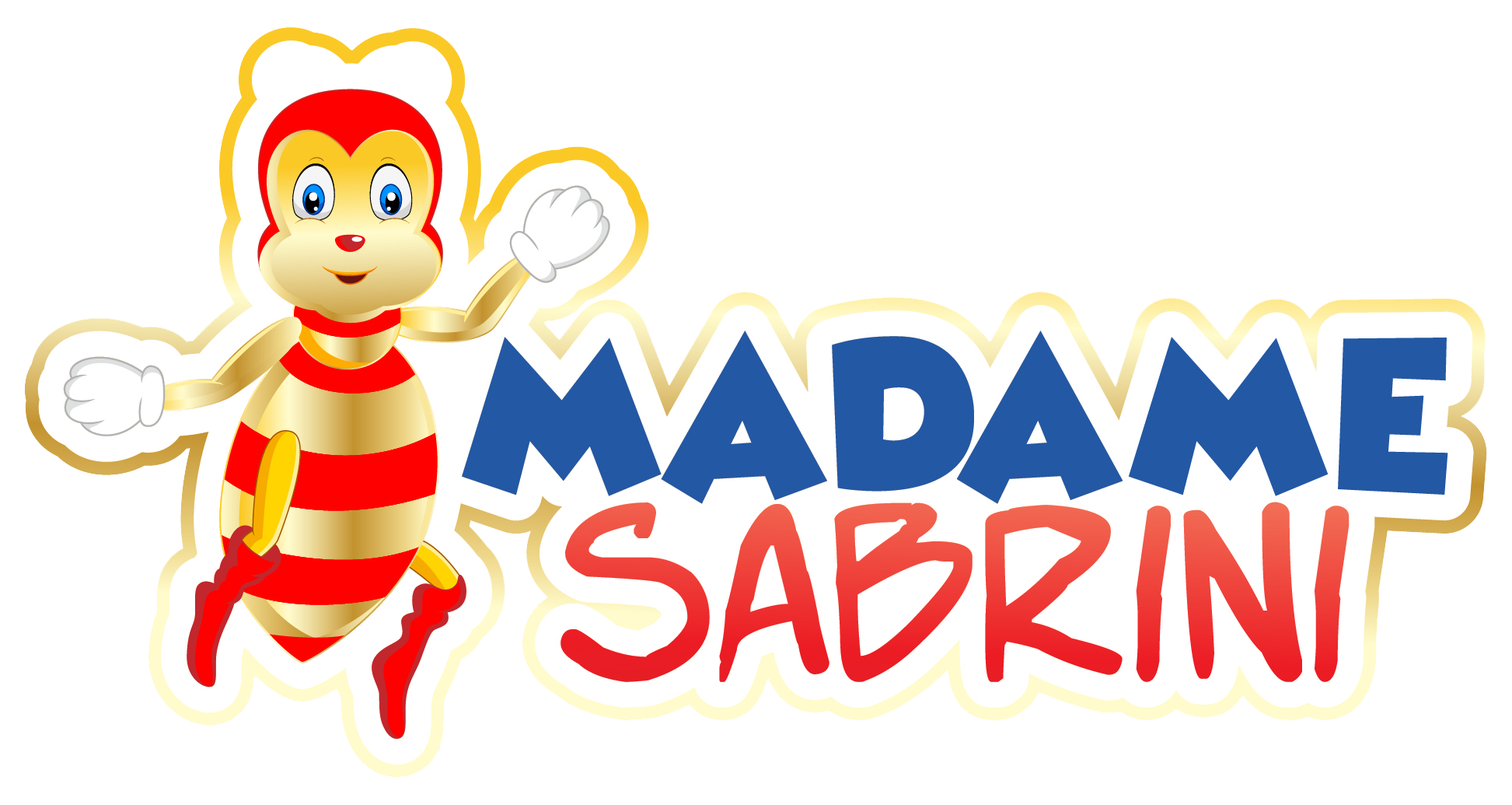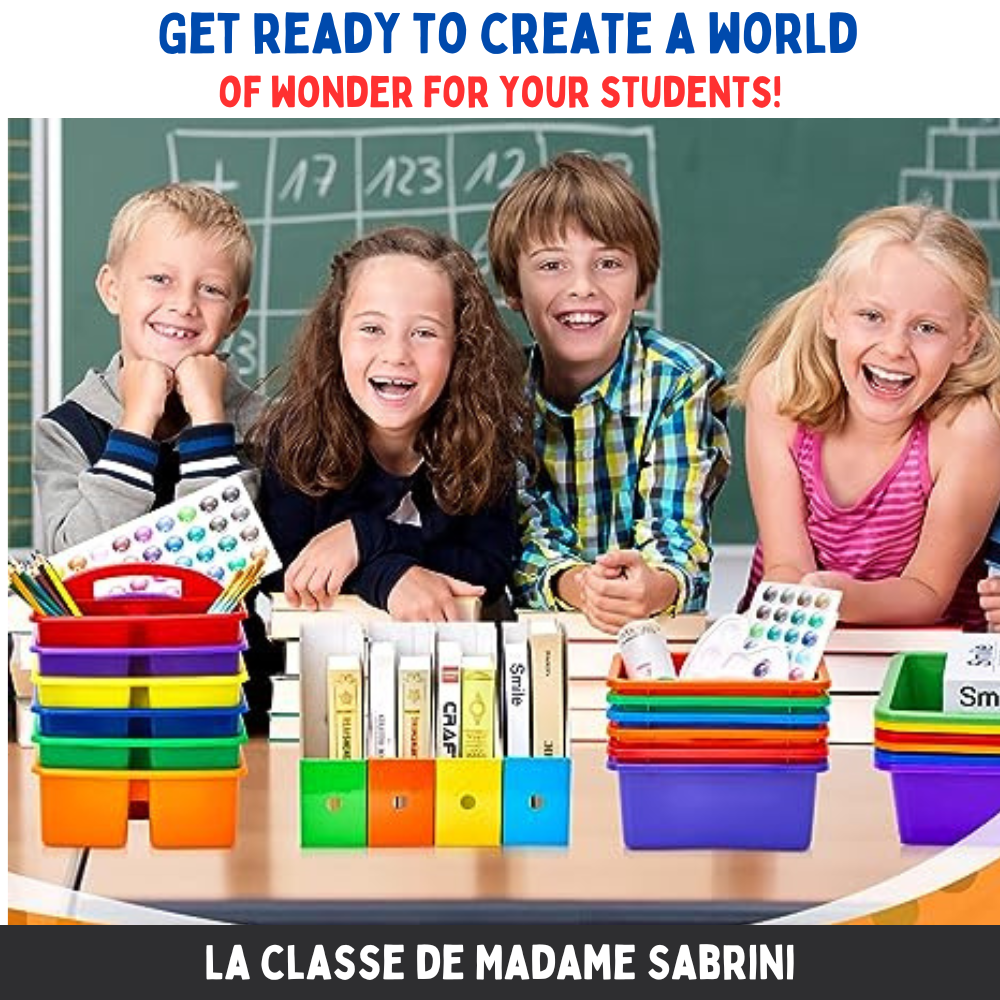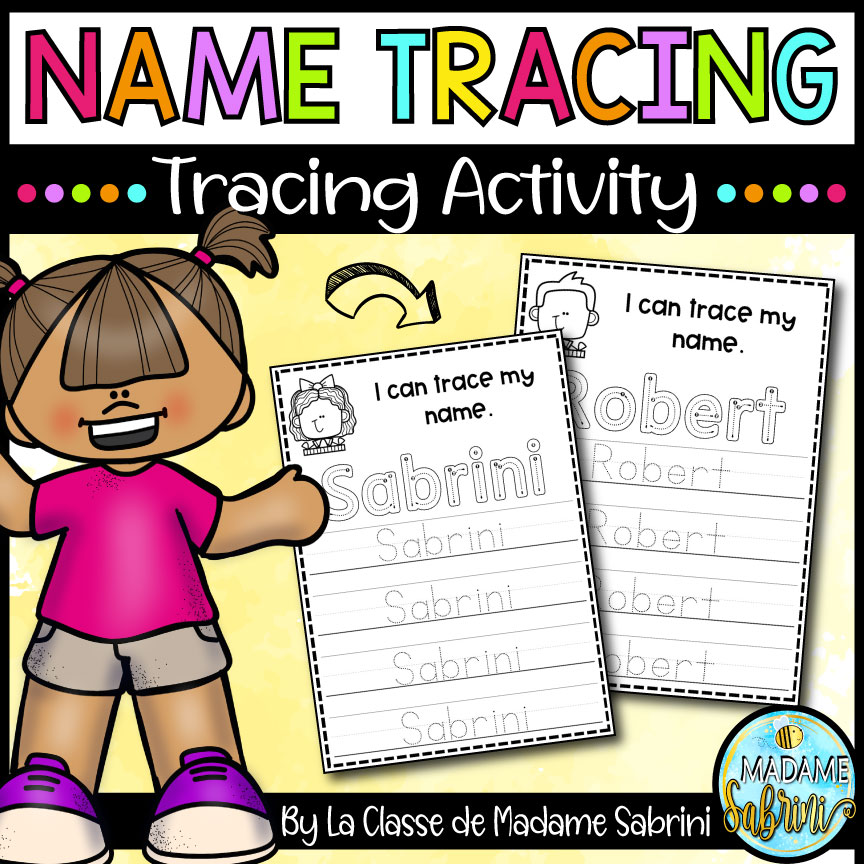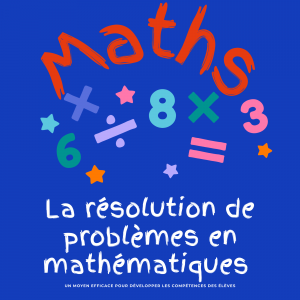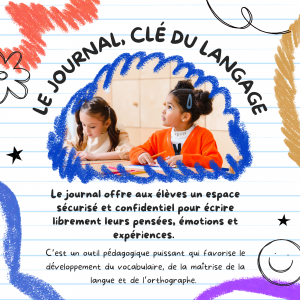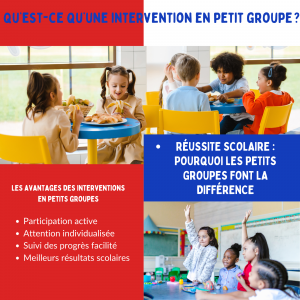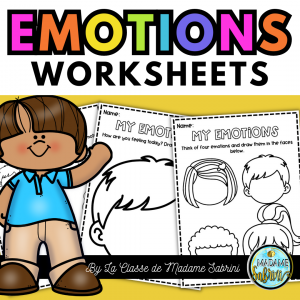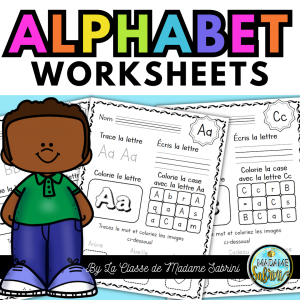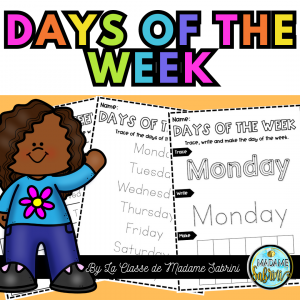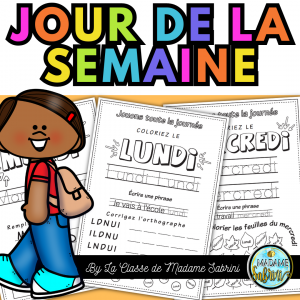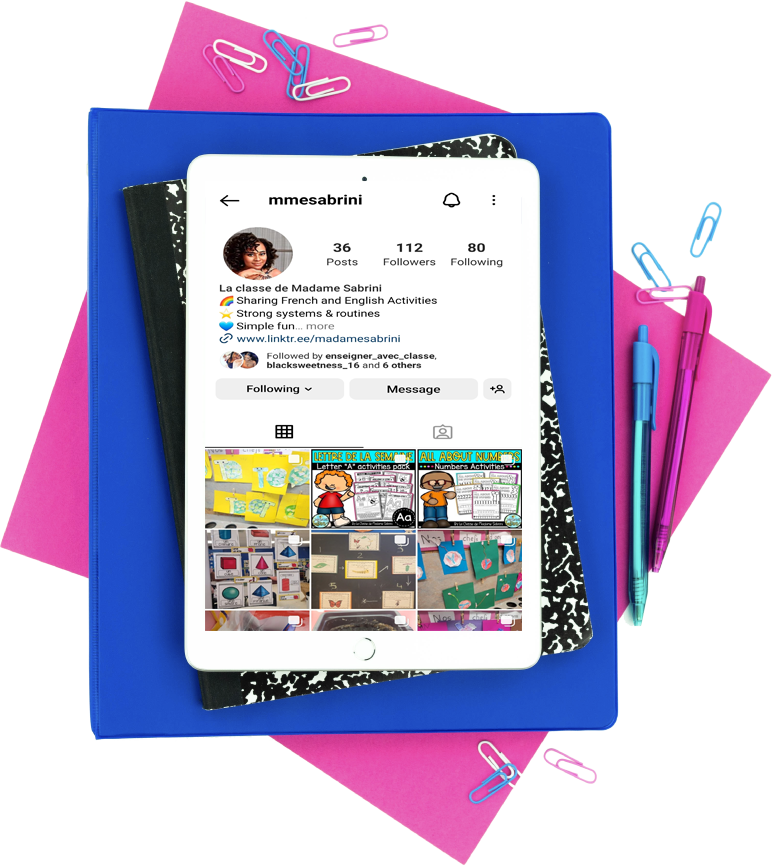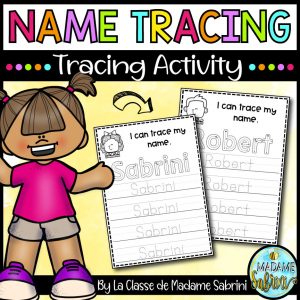This post may contain affiliate links which means I may receive a commission for purchases made through links. I will only recommend products that I have personally used! Learn more on my Private Policy page.
As a teacher, classroom decorations are essential for creating a warm and inviting atmosphere for your students. Whether you’re a first-time teacher or a veteran educator, it’s important to make sure your classroom is properly decorated with the essential items that will help create an environment that is conducive to learning. In this blog post, we’ll discuss the classroom decoration must-haves that every teacher should have in their classroom.
Colorful Bulletin Boards
When it comes to classroom decoration must have for teachers, colorful bulletin boards are at the top of the list. These boards serve multiple purposes, from displaying student work to providing important information about classroom routines and upcoming events.
But how do you create bulletin boards that are both functional and visually appealing? Here are a few tips:
1. Choose a Theme: Before you start designing your bulletin board, consider choosing a theme that ties in with your curriculum or classroom decor. This could be anything from a specific color scheme to a seasonal theme.
2. Use Eye-Catching Borders: The border of your bulletin board can be just as important as the content you display on it. Consider using brightly colored or patterned borders to draw attention to your board.
3. Include Student Work: Bulletin boards are a great way to showcase student work and accomplishments. Encourage students to create artwork or written pieces that tie into your theme, and display them prominently on the board.
4. Use Interactive Elements: To make your bulletin board even more engaging for students, consider adding interactive elements. This could be something as simple as a “question of the week” that students can answer and post on the board.
By following these tips, you can create bulletin boards that are both functional and visually appealing – a classroom decoration must have for teachers. So get creative and start designing your own bulletin boards today! One important aspect of creating colorful bulletin boards is choosing a theme that aligns with your curriculum or classroom decor. This will not only make your bulletin boards visually appealing but also serve as a classroom decoration must-have for teachers. Whether you opt for a vibrant color scheme or a seasonal theme, having a cohesive theme will tie everything together and make your bulletin boards stand out.
In addition to a theme, using eye-catching borders is crucial in making your bulletin boards attractive and attention-grabbing. By selecting brightly colored or patterned borders, you can enhance the overall look of your bulletin boards and make them visually appealing for both students and visitors.
Furthermore, bulletin boards provide an excellent opportunity to showcase student work and accomplishments, which is an essential aspect of classroom decoration must-have for teachers. Encouraging students to create artwork or written pieces that tie into your theme will not only make them feel proud of their achievements but also make your bulletin boards come to life.
Lastly, incorporating interactive elements on your bulletin boards can make them even more engaging for students. Whether it’s a “question of the week” that students can answer and post on the board or interactive games related to the curriculum, these elements will keep students interested and actively participating in classroom activities.
By following these tips, you can create bulletin boards that are not only functional but also serve as a classroom decoration must-have for teachers. So, unleash your creativity, choose a theme, select eye-catching borders, showcase student work, and add interactive elements to create colorful bulletin boards that will captivate and inspire your students.
Comfortable Seating Options
As a teacher, it is important to create a comfortable and inviting atmosphere in your classroom. This means choosing the right seating options for your students. Students are expected to sit in their chairs for long periods of time, and therefore it is important that the chairs are comfortable and ergonomic. Here are some comfortable seating options that you can consider incorporating into your classroom:
1. Beanbag Chairs: Beanbag chairs are a fun and comfortable seating option that will allow students to sit comfortably on the floor while working. They are available in different colors and sizes, and can be arranged in different formations to suit your classroom.
2. Floor Pillows: Floor pillows are an inexpensive seating option that can be easily incorporated into any classroom. They are perfect for creating a relaxed atmosphere, and students can use them to read or work on assignments.
3. Stools: Stools are a great alternative to traditional chairs, as they offer a more modern and comfortable seating option. They are also adjustable in height, making them ideal for different age groups and class sizes.
4. Ergonomic Chairs: Ergonomic chairs are designed to provide support and comfort to the body, reducing strain on the back, neck and shoulders. They are especially important for students who may spend long periods of time sitting in the same position.
When selecting seating options for your classroom, it is important to consider the age group and size of your students. Additionally, you may want to consider incorporating different seating options in order to cater to the different learning styles of your students. Comfortable seating options will not only help your students to focus, but also create a welcoming atmosphere that promotes learning. 5. Flexible Seating: Flexible seating options allow students to choose where and how they sit, providing them with more control over their learning environment. This can include options such as wobble stools, exercise balls, or standing desks. By giving students the ability to choose a seating option that best suits their needs, you can promote engagement and focus in the classroom.
Organized Storage Solutions
In every classroom, storage is a major concern. A disorganized and cluttered classroom can be distracting and frustrating for both teachers and students. That’s why it is essential to have a proper storage system in place. From textbooks to supplies to art projects, there are many items that need to be stored in the classroom.
To keep your classroom neat and tidy, consider investing in some practical and organized storage solutions. One of the best ways to start is to invest in storage containers that can be stacked on top of each other. These containers are ideal for storing books, papers, and other classroom essentials. They come in different sizes and colors and can be labeled with the contents, making it easier to locate specific items.
Another excellent storage solution is the use of filing cabinets or drawer systems. These cabinets are perfect for organizing paperwork, graded assignments, and other teacher resources. They can also be used to store textbooks and other materials that you may not need on a daily basis.
Open shelving is also a great option for storing larger items such as manipulatives, puzzles, and other classroom resources. These shelves can be labeled with the contents and easily accessible to students.
Finally, consider using a rolling cart for easy mobility. A rolling cart can be used to store items such as books, manipulatives, and art supplies. These carts can be easily moved around the classroom, making it easier to access supplies and keep them organized. To make the most of your storage solutions, consider using clear bins or baskets. This will allow you to see the contents without having to open each container. You can also use color-coded labels to further organize your items. For example, you could assign a specific color for each subject or type of material.
In addition to storage containers, it’s important to have a designated place for backpacks, jackets, and other personal items. This can be done with hooks or cubbies near the entrance of the classroom. By providing a designated space for personal belongings, you can help keep the classroom clutter-free and ensure that students can easily find their belongings at the end of the day.
Lastly, don’t forget about the importance of digital storage solutions. With the increasing use of technology in the classroom, it’s essential to have a system in place for storing digital files and resources. This can include using cloud storage or creating folders on your computer specifically for lesson plans, presentations, and other digital materials.
By investing in organized storage solutions, you’ll not only create a more visually appealing and efficient classroom, but you’ll also save time and reduce stress. A well-organized classroom allows both teachers and students to focus on learning and creates a positive and productive environment. So, take the time to assess your storage needs and invest in the necessary solutions to keep your classroom tidy and organized.
Desk Name Plates or Classroom Signs
As a teacher, you spend most of your time in your classroom, which means that it’s important to create a space that is not only inviting and comfortable but also conducive to learning. One of the essential decorations you should consider for your classroom is desk name plates or classroom signs.
Desk name plates or classroom signs serve several purposes. First, they help you identify your students and personalize your classroom space. Second, they help students learn each other’s names and promote a sense of community in the classroom. Third, they provide a functional purpose by organizing seating arrangements and groupings.
When it comes to choosing the right desk name plates or classroom signs for your classroom, there are several options available. You can opt for pre-made name plates or signs that feature a variety of designs and colors, or you can create your own customized designs using software programs like Canva.
In addition to the traditional desk name plates, you may also want to consider using classroom signs to label areas of your classroom such as the library, writing center, or math station. These signs can help students navigate the classroom and understand where different materials are located.
When creating your desk name plates or classroom signs, consider using bright and bold colors to make them more visually appealing. You can also add images or icons that relate to your classroom theme or subject matter.
In summary, desk name plates and classroom signs are a must-have decoration for every classroom. They provide an excellent way to personalize your classroom, promote a sense of community, and help students navigate the space. Whether you opt for pre-made name plates or create your own designs, adding desk name plates or classroom signs is an excellent way to enhance the overall aesthetic and functionality of your classroom. Desk name plates or classroom signs serve several purposes. First, they help you identify your students and personalize your classroom space. Second, they help students learn each other’s names and promote a sense of community in the classroom. Third, they provide a functional purpose by organizing seating arrangements and groupings.
When it comes to choosing the right desk name plates or classroom signs for your classroom, there are several options available. You can opt for pre-made name plates or signs that feature a variety of designs and colors, or you can create your own customized designs using software programs like Canva.
In addition to the traditional desk name plates, you may also want to consider using classroom signs to label areas of your classroom such as the library, writing center, or math station. These signs can help students navigate the classroom and understand where different materials are located.
When creating your desk name plates or classroom signs, consider using bright and bold colors to make them more visually appealing. You can also add images or icons that relate to your classroom theme or subject matter.
For example, if your classroom theme is under the sea, you could include images of fish, shells, or other ocean-related icons. This not only adds visual interest but also reinforces the theme and creates a cohesive look in your classroom.
Overall, desk name plates and classroom signs are a must-have decoration for every classroom. They provide an excellent way to personalize your classroom, promote a sense of community, and help students navigate the space. Whether you opt for pre-made name plates or create your own designs, adding desk name plates or classroom signs is an excellent way to enhance the overall aesthetic and functionality of your classroom. So, don’t forget to include them on your list of essential classroom decorations.
Inspirational Posters and Prints
Inspirational posters and prints are an important addition to any classroom decor. They have the power to motivate and inspire both teachers and students, creating a positive and uplifting environment. These posters and prints can serve as constant reminders of important values, goals, and attitudes that students can strive towards.
When selecting inspirational posters and prints for your classroom, consider the following factors:
1. Relevant and Age-Appropriate Content: Choose posters and prints that are relevant to the age group of your students and align with the values and goals you want to promote in your classroom. Whether it’s quotes about perseverance, kindness, or creativity, make sure the content is age-appropriate and meaningful to your students.
2. Engaging Visuals: The visual appeal of the posters and prints is equally important. Opt for bright colors, captivating images, and eye-catching designs that will draw students’ attention. Visuals play a significant role in capturing students’ interest and creating a positive atmosphere.
3. Diversity and Inclusion: Ensure that the inspirational posters and prints reflect the diverse backgrounds and experiences of your students. This can help promote a sense of belonging and inclusivity in your classroom.
4. Variety and Rotation: Consider having a variety of inspirational posters and prints in your classroom, and periodically rotate them to keep things fresh and engaging. This allows students to be exposed to different messages and visuals throughout the school year.
Inspirational posters and prints can have a profound impact on students’ motivation, self-esteem, and overall mindset. They can remind students of their capabilities, encourage them to overcome challenges, and inspire them to reach their full potential. By incorporating these visual aids into your classroom decor, you create a positive and uplifting atmosphere that promotes a love for learning and personal growth. So, choose your favorite inspirational posters and prints and adorn your classroom walls with messages that will inspire and motivate your students every day. In addition to the content and visuals of the posters and prints, their placement in the classroom is also important. Consider placing them at eye level, where students can easily see and read them. Whether it’s near the entrance, in a designated reading corner, or above the whiteboard, strategically placing these inspirational reminders can have a lasting impact on students.
It’s also worth mentioning that inspirational posters and prints are not only beneficial for students but also for teachers. As educators, we can sometimes feel overwhelmed or stressed, and having these reminders of positivity and motivation can uplift our spirits as well. They can serve as daily affirmations and reminders of the importance of our role as teachers in shaping young minds.
Moreover, consider involving your students in the selection of inspirational posters and prints. This can empower them and make them feel included in the classroom’s visual environment. You can have a class discussion or a voting process to choose the messages and designs that resonate with the majority of the students. This way, the classroom decor becomes a collaborative effort, enhancing a sense of ownership and engagement among students.
Classroom Calendar and Schedule Displays
Every classroom should have a designated space for displaying the daily schedule and upcoming events. A classroom calendar helps students stay organized and understand what’s going on throughout the week.
One great option for a classroom calendar is a large, dry-erase board. This allows for easy changes to be made to the schedule if necessary. Some teachers prefer to have a printed calendar, which can be laminated and hung up in the classroom. It’s important to choose a calendar that is large enough to be easily seen from anywhere in the room.
The calendar should include important events, such as holidays, school breaks, field trips, and class projects. In addition, a daily schedule should be displayed that includes class periods and lunch times. This helps students stay on track and know what to expect throughout the day.
It’s also helpful to include reminders on the calendar, such as when homework is due or when a test will be given. This helps students stay organized and stay on top of their assignments.
Some teachers choose to incorporate a classroom job chart into their calendar display. This allows students to take on responsibility for classroom tasks such as passing out papers or taking attendance. The job chart should include each student’s name and their assigned task for the week.
In addition to a daily schedule and upcoming events, it’s helpful to display a weekly or monthly overview of what will be covered in each subject. This helps students prepare for upcoming lessons and stay focused during class.
A well-organized classroom calendar and schedule display can help students stay on track, stay organized, and feel prepared for the day ahead. By including important events and reminders, students can stay informed and engaged in their learning.
Functional Learning Centers
A well-designed classroom is more than just decorations on the walls; it’s a functional space that promotes learning and encourages students to explore. One way to create an interactive and engaging classroom is to incorporate functional learning centers. These areas are designated spaces that provide students with the opportunity to engage in hands-on learning and explore concepts on their own.
The idea behind functional learning centers is to create specific areas in the classroom where students can focus on different activities. These areas should be organized, clearly labeled, and equipped with all the materials needed for the activity at hand. When designing functional learning centers, think about the different subjects your students are learning and the type of activities they would benefit from. Here are some examples of functional learning centers that can be incorporated into any classroom:
– Science Center: Equip this area with a variety of scientific tools such as magnifying glasses, microscopes, and measuring instruments. Provide books and resources that help students understand the scientific concepts they are exploring.
– Reading Nook: A quiet corner with comfortable seating options, soft lighting, and a collection of books. This is a great place for students to explore different genres, develop their reading skills, and cultivate a love of reading.
– Writing Center: Equipped with writing prompts, writing materials, and reference books, this center is an ideal place for students to work on their writing skills. Encourage them to write stories, poetry, letters, or even a class newsletter.
– Math Center: This center should have a variety of manipulatives, such as counting blocks, geometric shapes, and rulers. This is a great space for students to practice their math skills and engage in hands-on activities that help them understand mathematical concepts.
– Art Center: An area equipped with art supplies, such as paints, crayons, markers, and construction paper. This space allows students to explore their creativity, express themselves, and develop their fine motor skills.
By incorporating functional learning centers into your classroom, you provide your students with opportunities to explore and engage with the material in a way that works best for them. It’s also a great way to differentiate instruction, allowing students to work at their own pace and level. Make sure to rotate the activities and materials in each center to keep them fresh and exciting for your students. With functional learning centers, your classroom will be a hub of exploration, discovery, and learning. When setting up functional learning centers, it’s important to consider the layout of your classroom. Ensure that each center has enough space for students to move around comfortably and access the materials they need. Clear labels and visual cues can help students easily navigate the different centers and understand their purpose.
Another aspect to consider when creating functional learning centers is incorporating technology. In today’s digital age, technology can enhance student learning and provide additional resources and activities. For example, you could set up a computer center with educational software or websites that reinforce specific skills or concepts.
Additionally, it’s crucial to establish guidelines and expectations for each center. Teach your students how to properly use and care for the materials in each area. Set clear expectations for behavior and noise levels, ensuring that students understand the purpose of each center and how it should be utilized.
Regularly assess and evaluate the effectiveness of your functional learning centers. Ask yourself if the activities and materials are engaging and aligned with your curriculum objectives. Gather feedback from your students and observe how they are utilizing the different centers. This information can help you make adjustments and improvements to better meet your students’ needs.
By incorporating functional learning centers into your classroom, you create an environment that promotes exploration, independence, and active learning. These designated spaces allow students to take ownership of their education and foster a love for learning. So, don’t just stop at decorating your classroom walls, make it a space where students can thrive and excel through functional learning centers.
